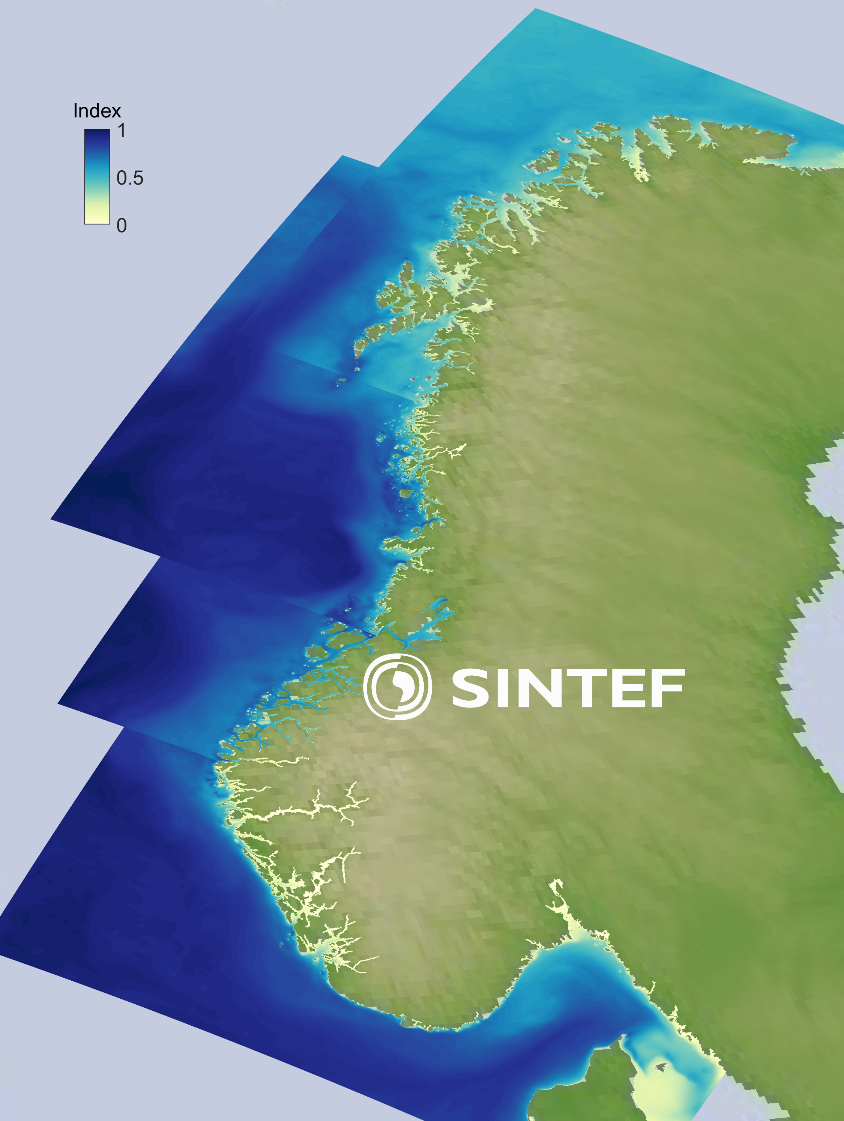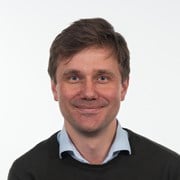By developing dynamical mathematical growth models, we may simulate the growth over time of various marine organisms at different locations as functions of the environmental conditions such as temperature, light and nutrient availability, salinity, and oxygen concentrations. Thus, we may compare the suitability of different locations for aquaculture, and in particular avoid sites with particularly adverse conditions and assess different cultivation strategies and scenarios. It is also possible to study how the quality of the biomass changes with the conditions, for example expressed by the content of protein, carbohydrates or heavy metals and iodine. The growth models may also be applied to land-based aquaculture, for example tank cultures of green algae.

SINTEF Ocean has researched, developed and applied dynamical models for different low trophic species though several decades. Species such as Phyto- and zooplankton, mussels and kelp have been simulated. The ocean model framework SINMOD is used to simulate the environmental conditions on in-house and national grid high-performance computers (HPC). By coupling the models for the aquaculture species with the ocean model system, we may study the growth potential, the composition of the biomass and how and to what extent these interact with the environment, for example through IMTA. A module for the carbon system in the SINMOD framework also makes it possible to investigate various issues linked to climate change measures, like the potential for CO2 sequestration by macroalgae.
The development of good models is dependent on good data and good biological knowledge. Therefore, the models are developed in a cross-disciplinary team of biologists, oceanographers and mathematicians. This is a continuously ongoing work, all the time taking into consideration new knowledge and that is adapted to the requirements of specific applications or the needs of our many clients and collaborators.
